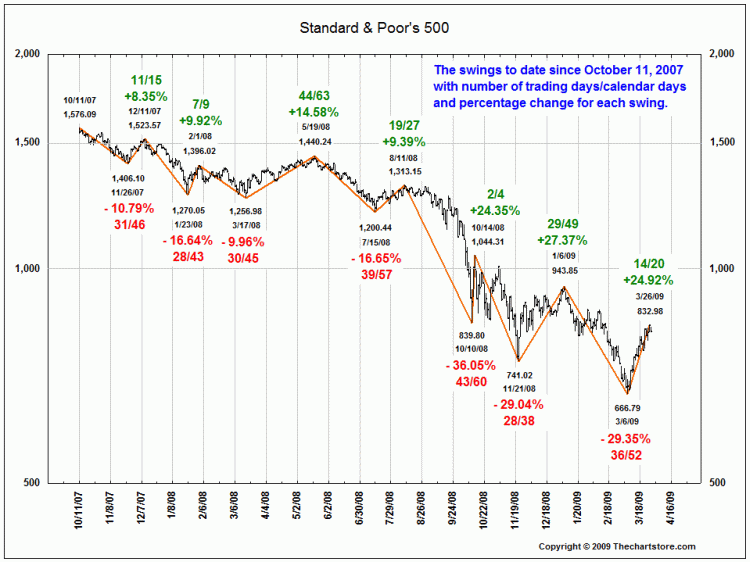
Deposit funds worth $1,000 or more into your FOREXYARD account and receive a 10% cashback for free, worth up to $1,000. Example DepositCashback $10,000">$1,000 (maximum cashback amount) $5,000">$500 $1,000">$100 To take advantage of this offer, just open an account with FOREXYARD (or login if you already have an account with us), deposit funds and the cashback will be added to your account balance immediately. This promotion may...































